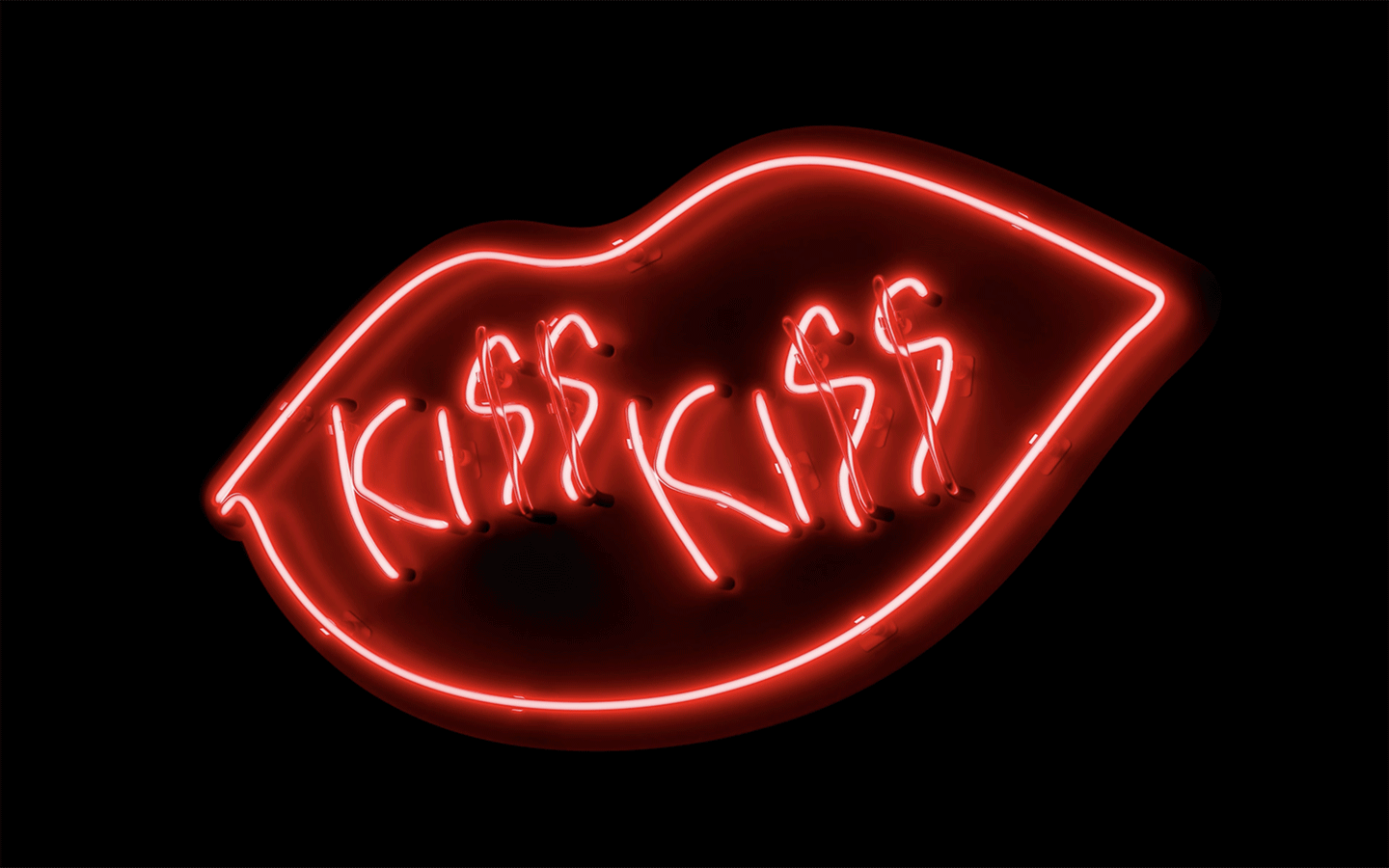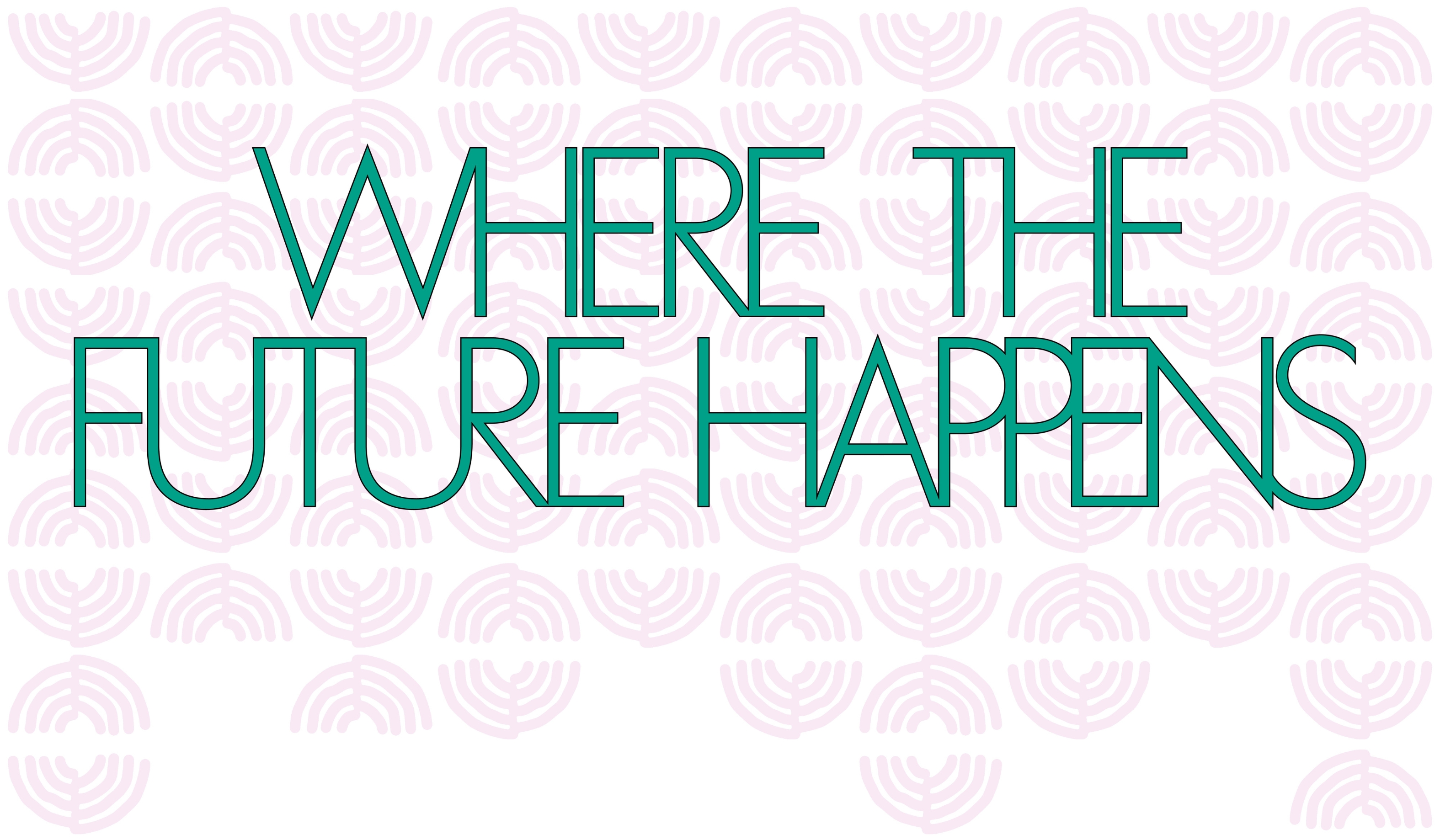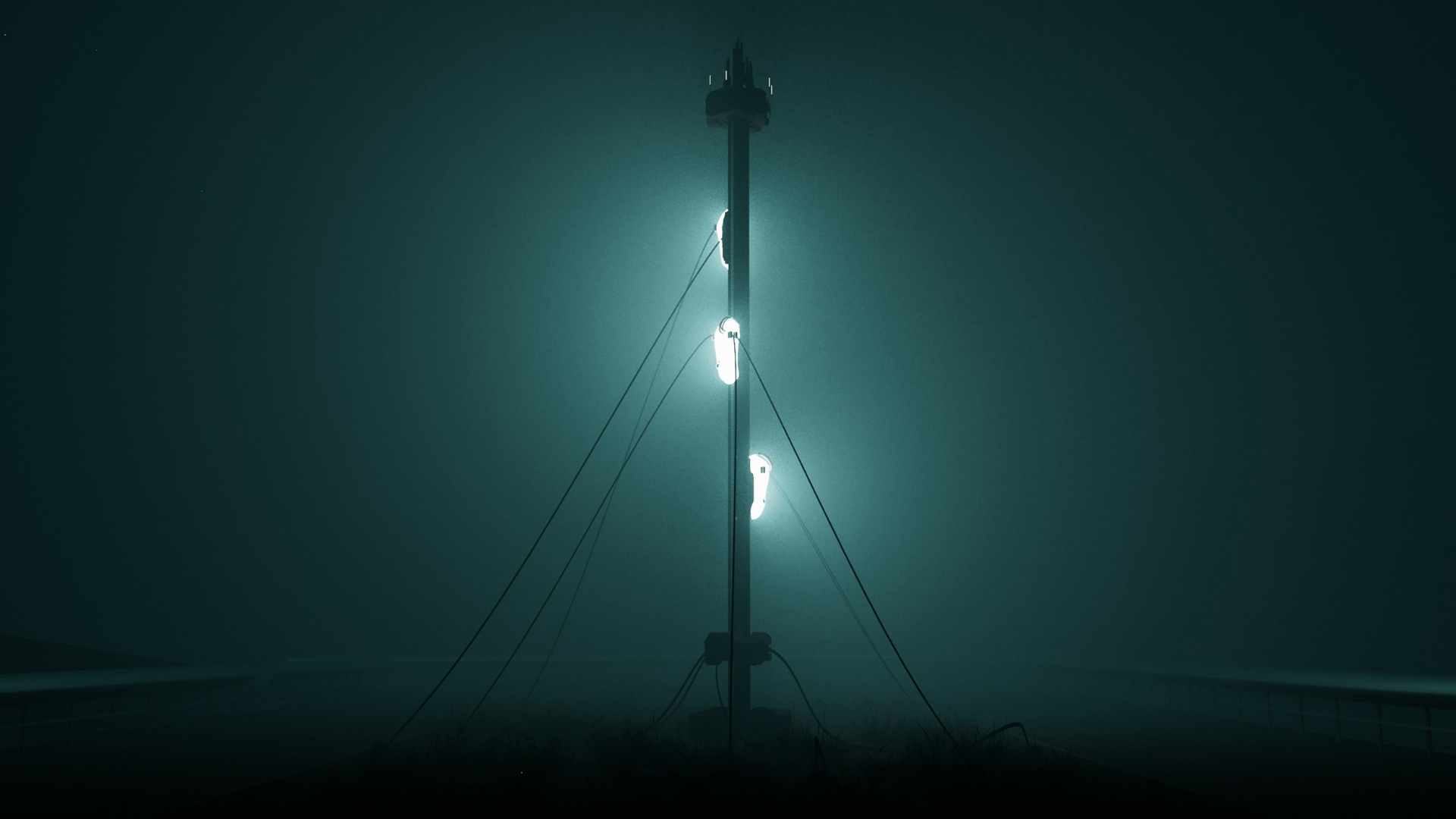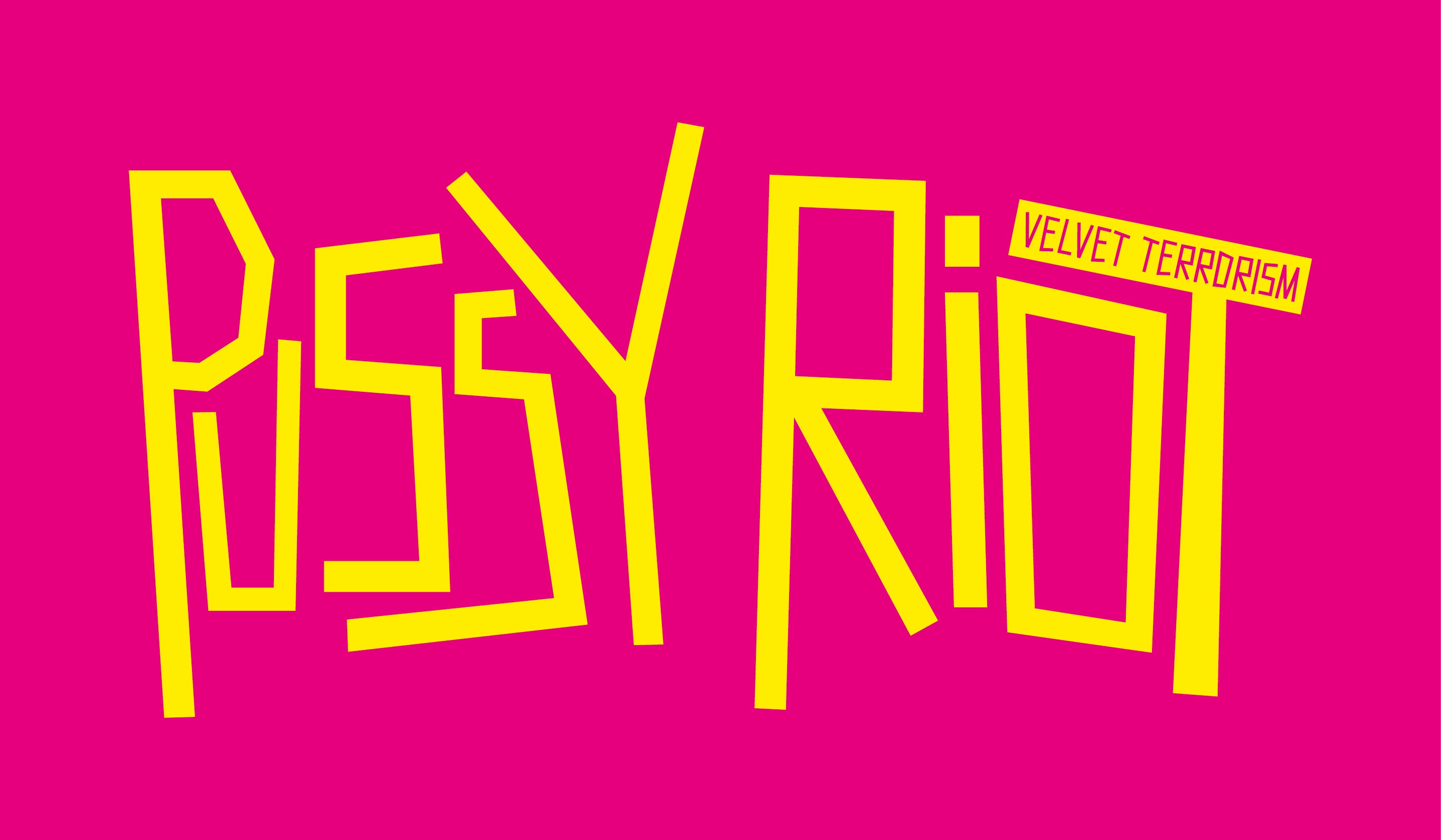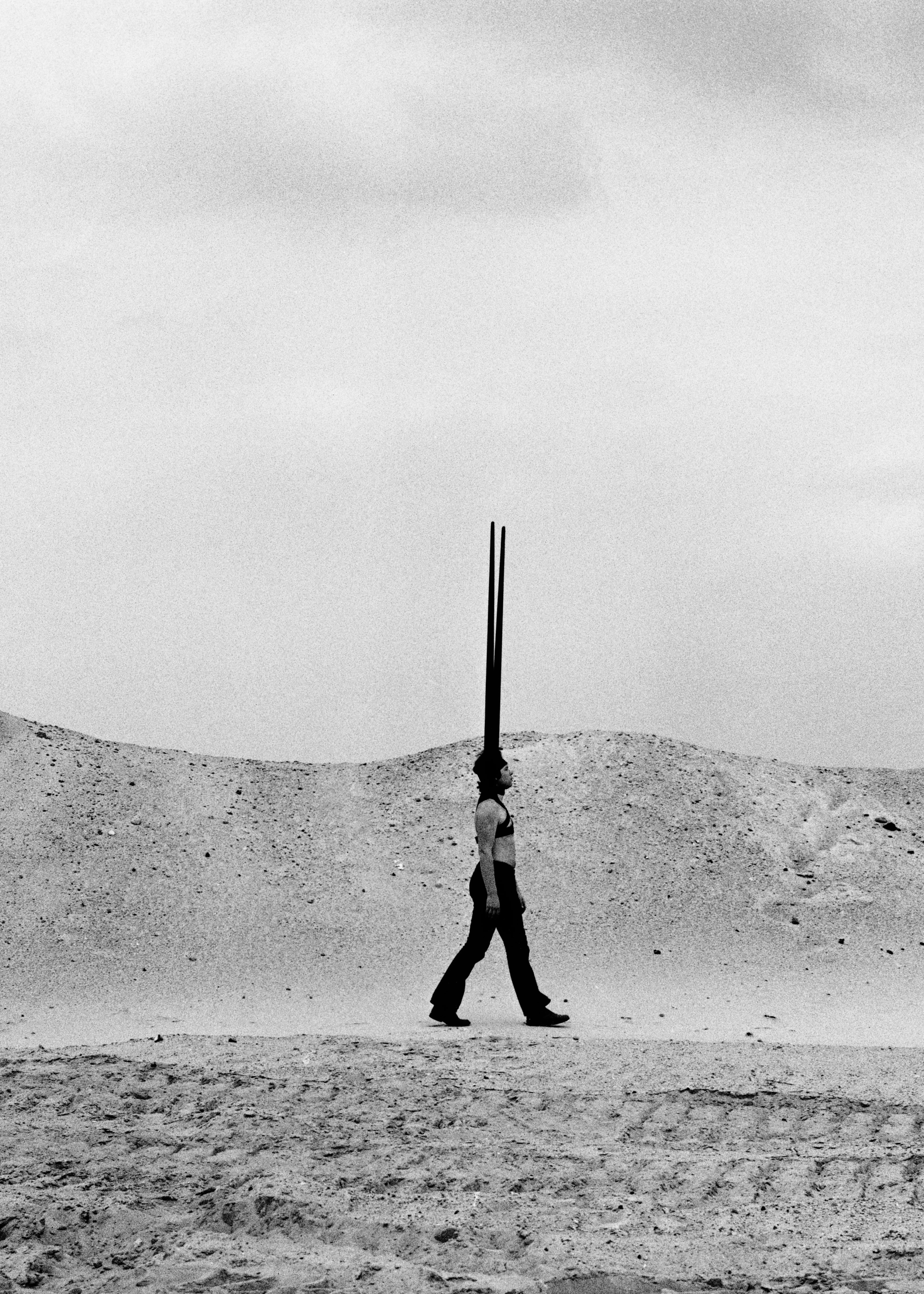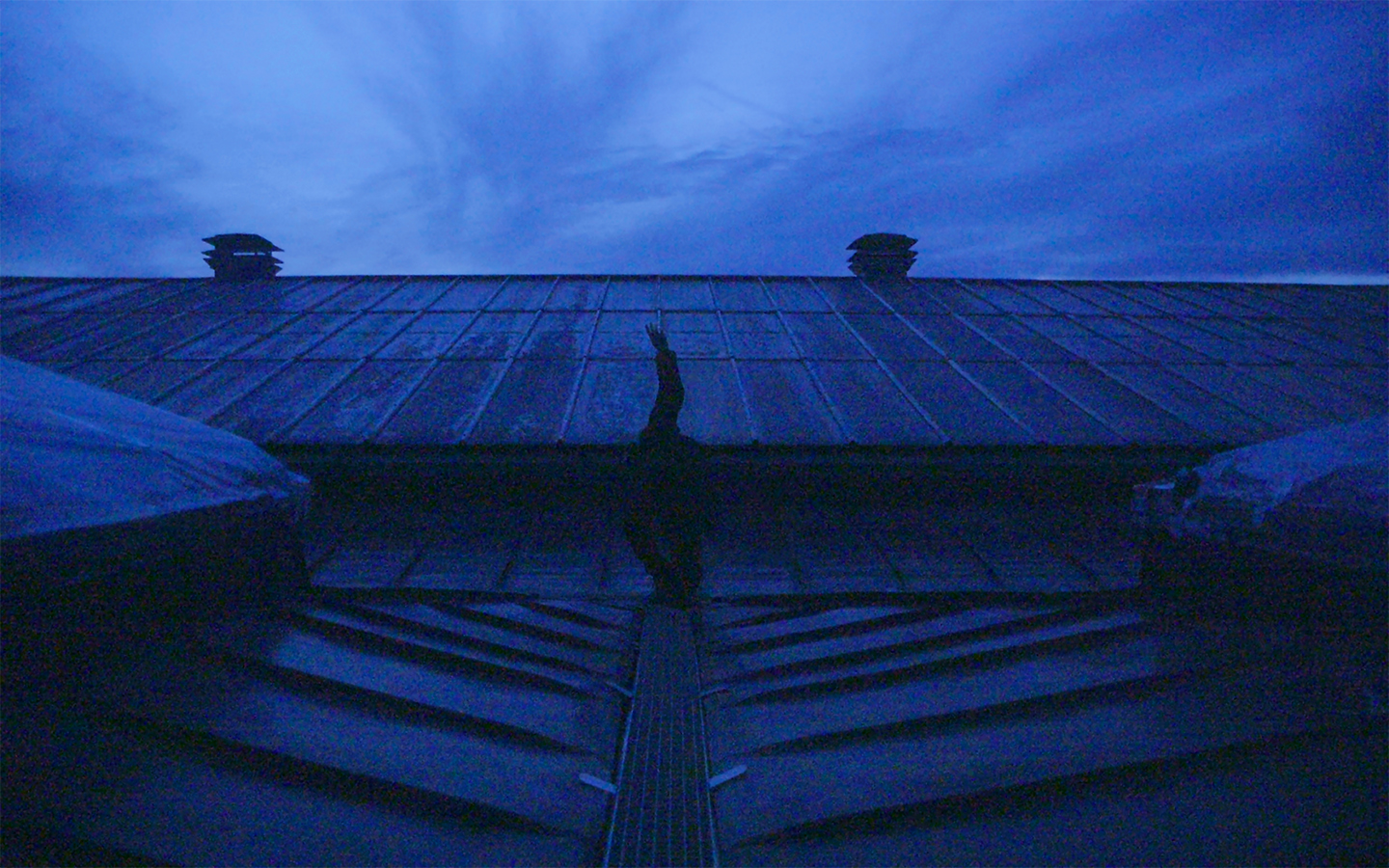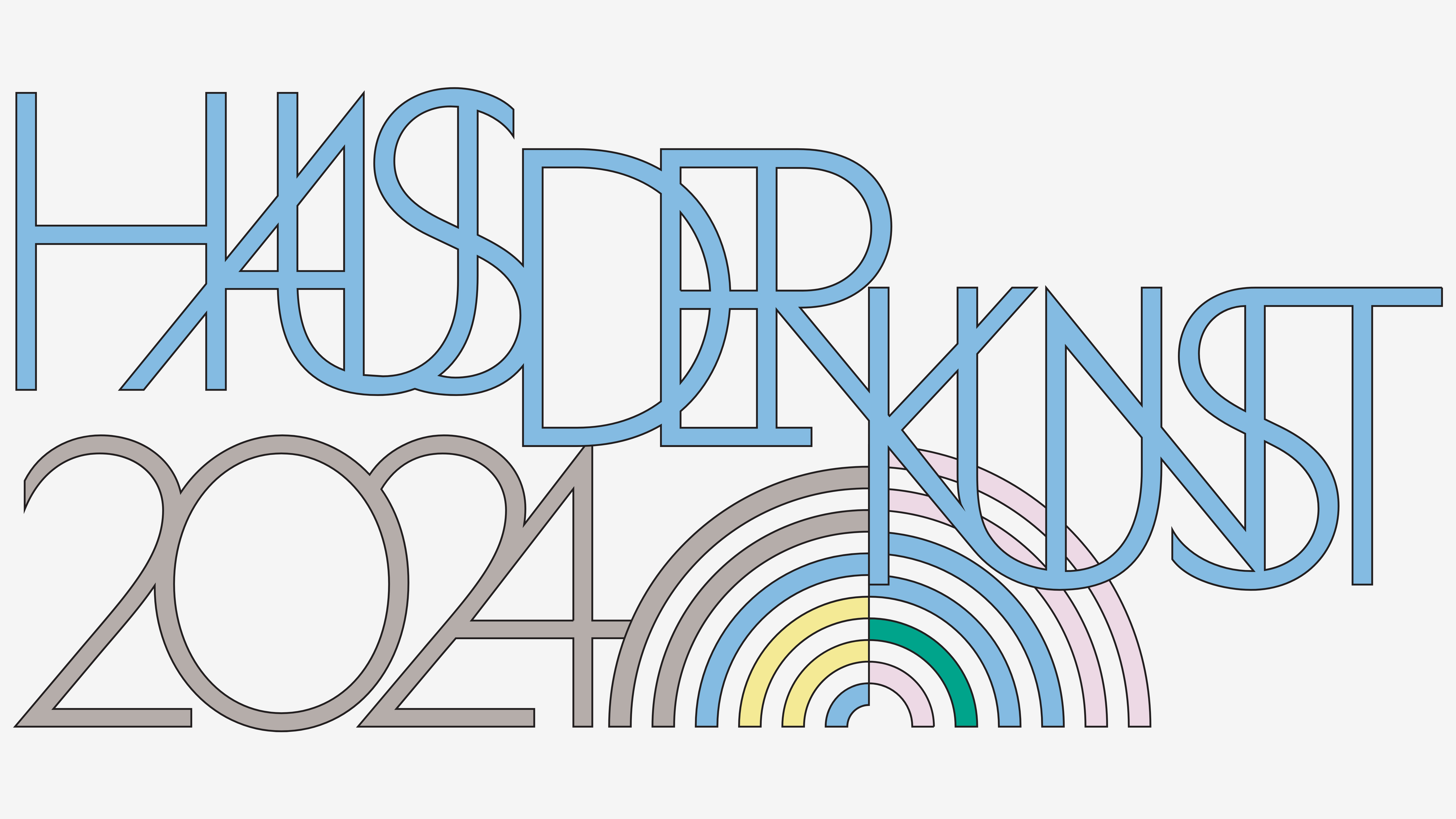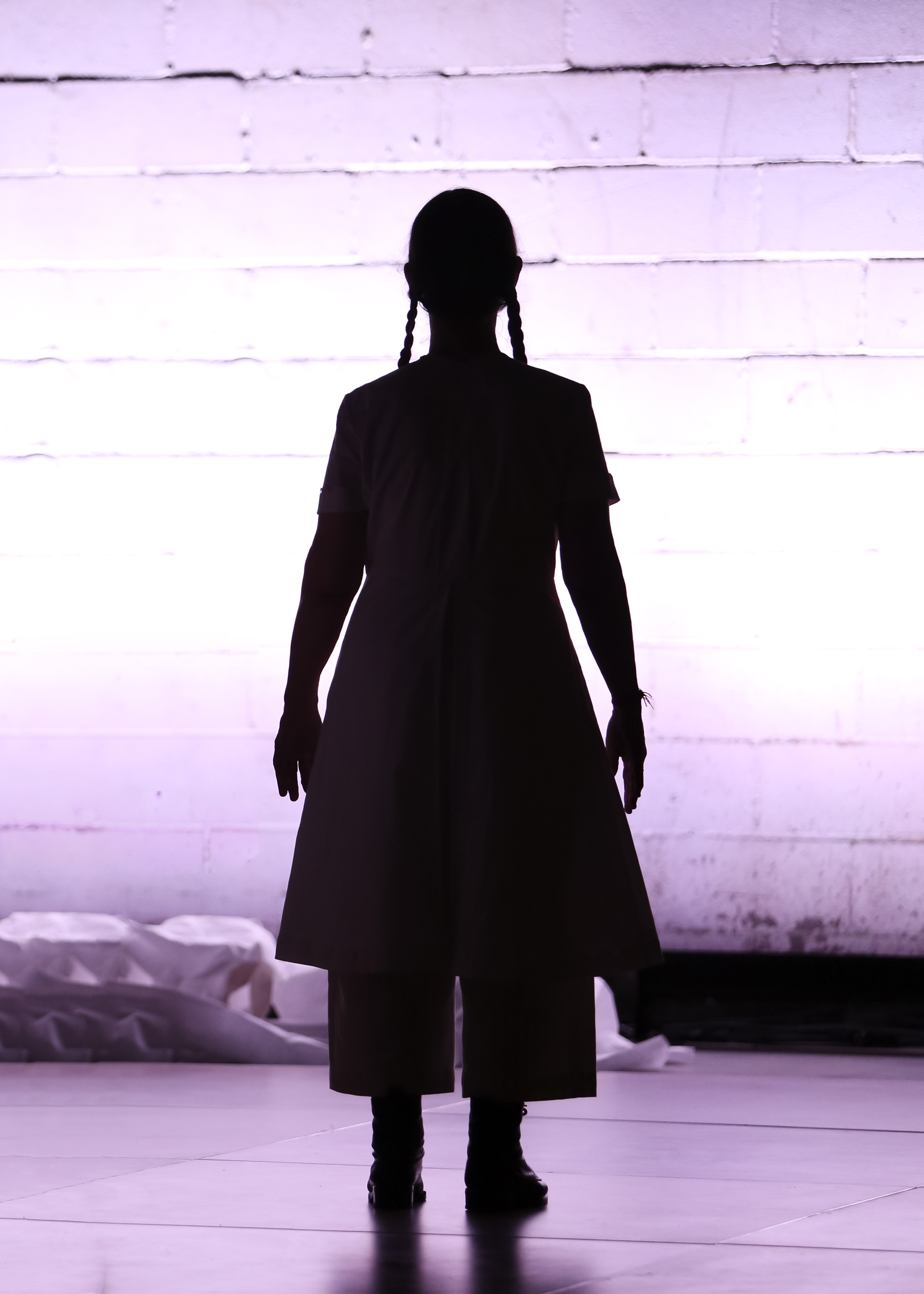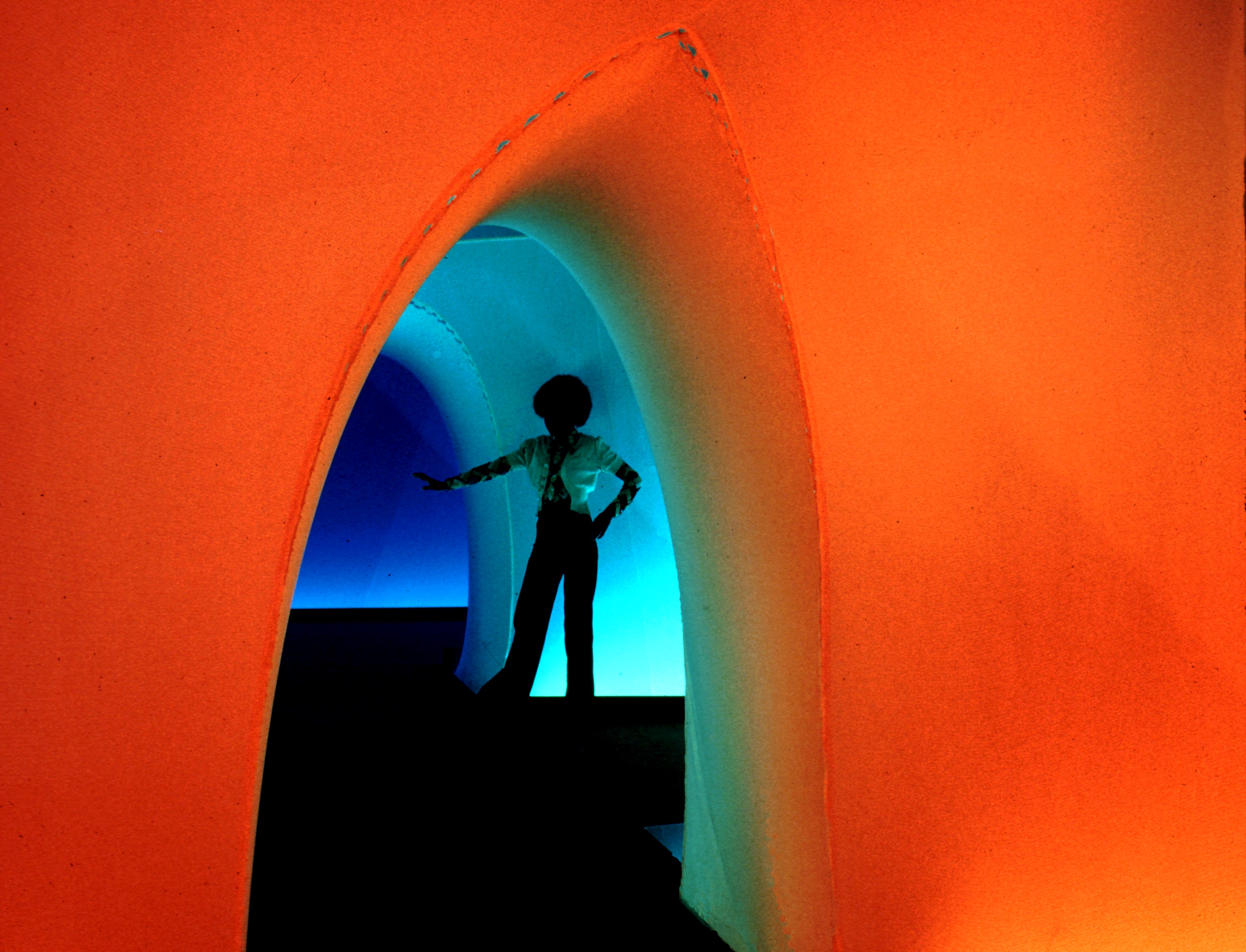Richard Artschwager!
October 11, 2013–January 6, 2014
Haus der Kunst
Prinzregentenstrasse 1
80538 Munich
Germany
Hours: Monday–Sunday 10am–8pm;
Thursday 10am–10pm
T +49 (0) 89 21127 113
F +49 (0) 89 21127 157
mail@hausderkunst.de
Haus der Kunst is pleased to announce Richard Artschwager! as the next exhibition.
The importance of Richard Artschwager’s work for contemporary art has been recognized worldwide since the art world discovered it in the mid-1960s, first in the United States and then in Germany. It therefore seems all the more remarkable that this retrospective is the first comprehensive presentation of the artist’s work since his 1988 show at the Whitney Museum in New York, curated by Richard Armstrong. This retrospective is designed to deepen the understanding of Artschwager’s experimental exploration of the common media forms of painting, sculpture, drawing, and graphics. For the first time, the selection of works gives equal treatment to the development of his ambitious approaches and methods, which defy classification in the art-historical canon. The works illustrate Artschwager’s persistent questioning of art as image and object in the context of changed conditions of perception that emerged with the equalizing perspective of photographic reproduction.
Associated with Pop, Minimalism, and Conceptual Art, he has never fit neatly into any of these categories. Made around 1961, Portrait Zero still stands as one of Artschwager’s most concisely brilliant reductions of his lifelong formal painterly and sculptural concerns. This is Artschwager’s first work to introduce the picture plane into the physical space occupied by sculpture. According to Artschwager it was inspired by a children’s cartoon show on television, hosted by a police officer: “He told about his son who would spend his time in the garden, nailing boards together. Any kind of boards, just nailed together. Because of this inscrutably antisocial behavior, the father, in anger and in sorrow, decided not to send his son to summer camp. Well, it happens I had a lot of scrap of ¼-inch plywood. What came out was a nailed stack of plywood about the size of a human figure, weighing about 400 pounds, hung from the ceiling by a chain.”
In 1967 Artschwager developed the concept of the “blp” (blip), an elongated dot. The blp was a radical invention: in itself it was completely useless, but its proximity to other things made them visible. Artschwager reproduced the blp in a number of sizes and placed it in many public contexts. The original blps were flat pieces of wood with rounded edges. But he soon discovered another material, rubberized hair, which allowed him to diffuse the shape’s edges and, as such, push further the seeing that the blp made possible.
His discovery of the blp also caused him to consider other forms of punctuating the exhibition space, using sculptural reliefs related to Exclamation Point (1966) and Untitled (Quotation Marks) (1980). They appear as humorous, sensuous forms, sometimes in human-scale—yet they are mute, detached from the dramatic feeling or sound that they would imply in a text. The exclamation point in the exhibition title pays tribute to this part of Artschwager’s oeuvre.
When Artschwager chose Formica as a medium—another industrially produced material used on furnishings and floors, and for him “the horror of the age”—he did so in part because of its ugliness. Formica’s slick industrial surface can take on any desired material appearance at the same time as repelling such appearances. In the well-known work Description of Table (1964), a cube consisting of melamine laminate on plywood has black, white, and brown-grained areas that indicate a table with four legs and a white tablecloth. But it can’t be used as such: the black areas draw attention to the space “below” a table, which does not exist. With these “useless objects” Artschwager aimed to halt our diffuse perception of the world around us and insists upon not only visual but also physical encounters.
In the early 2000s, Artschwager moved toward making his most recent body of paintings. In these works, he meditated further on mortality, but he now permitted himself to flood the compositions with painted color. Macadam (2008) is an image of a wide road leading out over the edge of a horizon, and In the Driver’s Seat (2008) shows a solitary man liberated from gravity, steering himself out into the future.
This exhibition was organized by the Whitney Museum of American Art, New York, in association with the Yale University Art Gallery, New Haven. The Munich presentation is organized in collaboration with Haus der Kunst, Munich
The presentation in Munich is supported by Dr. Karl Wamsler Foundation as well as Gagosian Gallery, New York, and Sprüth Magers Berlin London.
Currently on view at Haus der Kunst:
So Much I Want to Say: From Annemiek to Mother Courage – Goetz Collection at Haus der Kunst
till January 12, 2014
Paper Weight – Genre Defining Magazines 2000 to Now
till October 27
Coming soon:
Richard Artschwager!
October 11, 2013–January 6, 2014
Der Öffentlichkeit – Von den Freunden Haus der Kunst (To the Public – from the friends of Haus der Kunst) Manfred Pernice
October 18, 2013–September 21, 2014
Lorna Simpson
October 25, 2013–February 2, 2014
